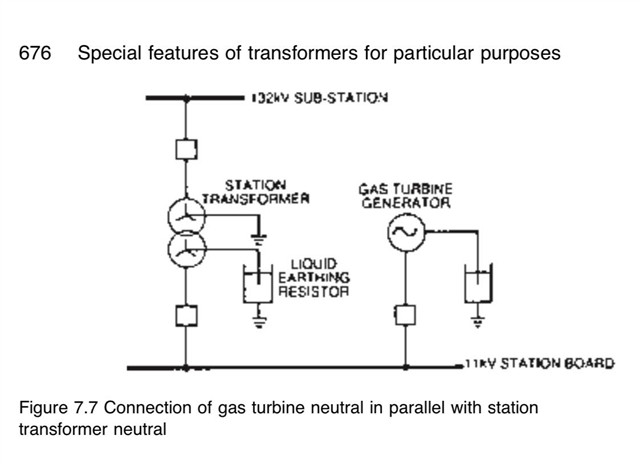Could a 400/33kV 120MVA power transformer with a YNyn0 vector group be applicable to a renewable generation project as the main transformer?
Im concerned that the vector group is a star-star winding that could cause zero sequence impedance, unbalanced loads and Harmonics issues. Could any of the potential issued be mitigated by introducing an NER or Earthing Transformer?
